Starfield Review: A Waste of Space
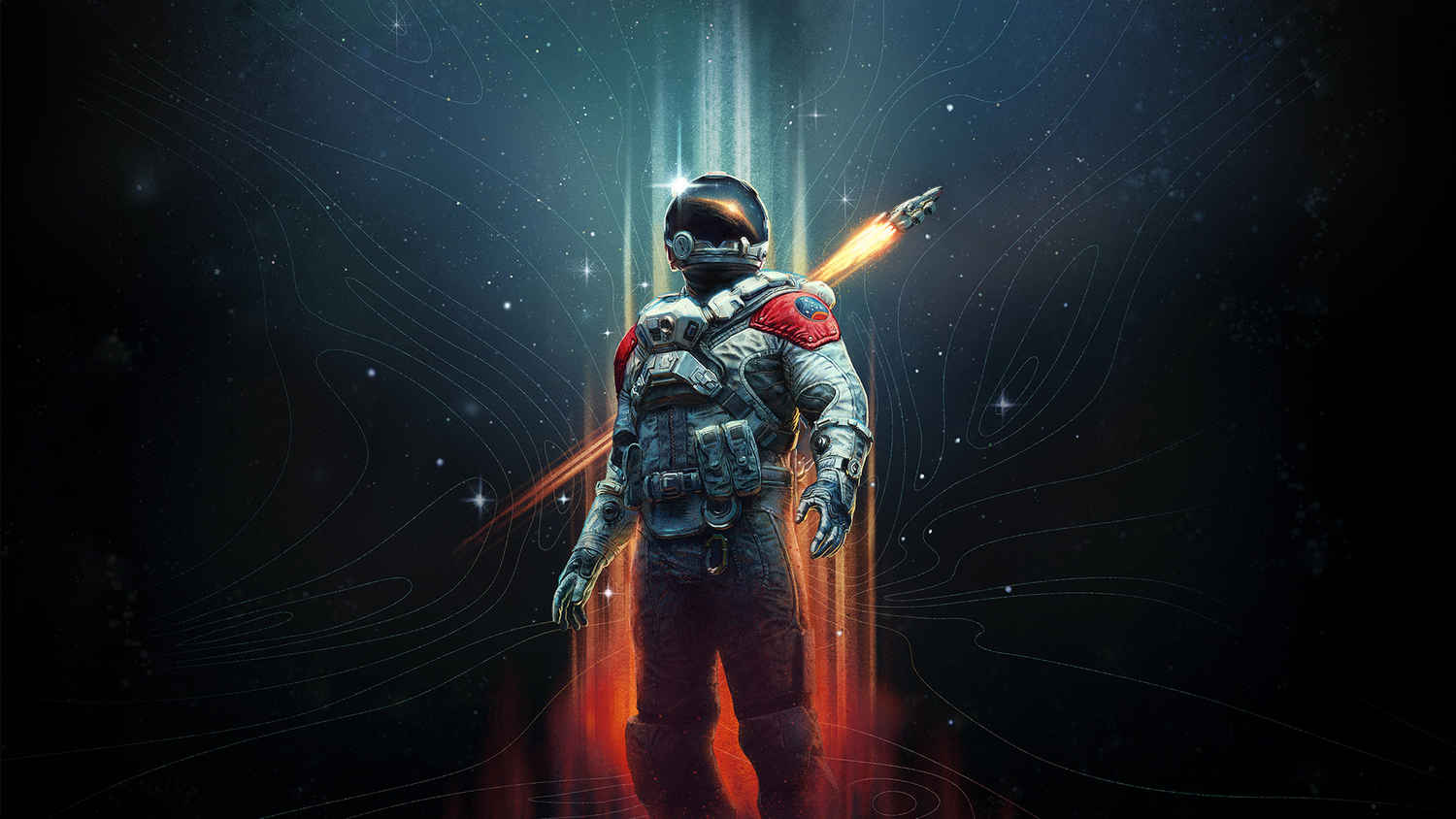
One of the more popular statistics known to science nerds is that the known universe is 99.9999999999999999999958% empty space. Bethesda’s latest game, Starfield, goes out of its way to reinforce this. The game, marketed by the developer as being ‘25 years in the making’ is undoubtedly massive. If its 125-ish gigabyte install size didn’t make that apparent, then you would probably notice the scale of Starfield over the ~20-160 hours of gameplay (source: HowLongToBeat) that the game has in store for you.
 Survey
Survey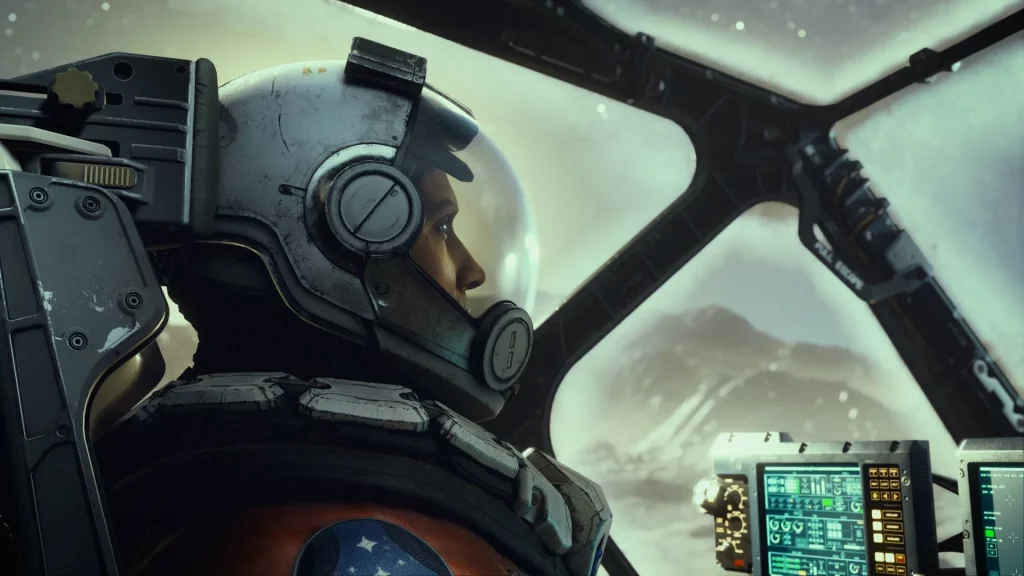
Personally, it was after an hour and a half of gameplay that I shut it down and started scouring the modding community in an effort to make the gameplay less tedious. Another six hours later, I was torn between appreciating the work done by the modders and the agony of what can only be described as painstakingly lazy storytelling in the guise of something revolutionary. At the nine-and-a-half-hour mark, I promptly uninstalled the game and moved on to more worthy pursuits. Like writing this review to convince you to put your ₹4,999 (or, God forbid, ₹6,699) into the stock market or something.
What? Just… What?
There’s something about Starfield that bothered me from the get-go. I’m not a huge AAA gamer, so unlike some other players out there, I don’t find myself as jaded by high-end graphics, hyper-realism and detail. I found both Shredder’s Revenge and Baldur’s Gate 3 enjoyable when I played them.
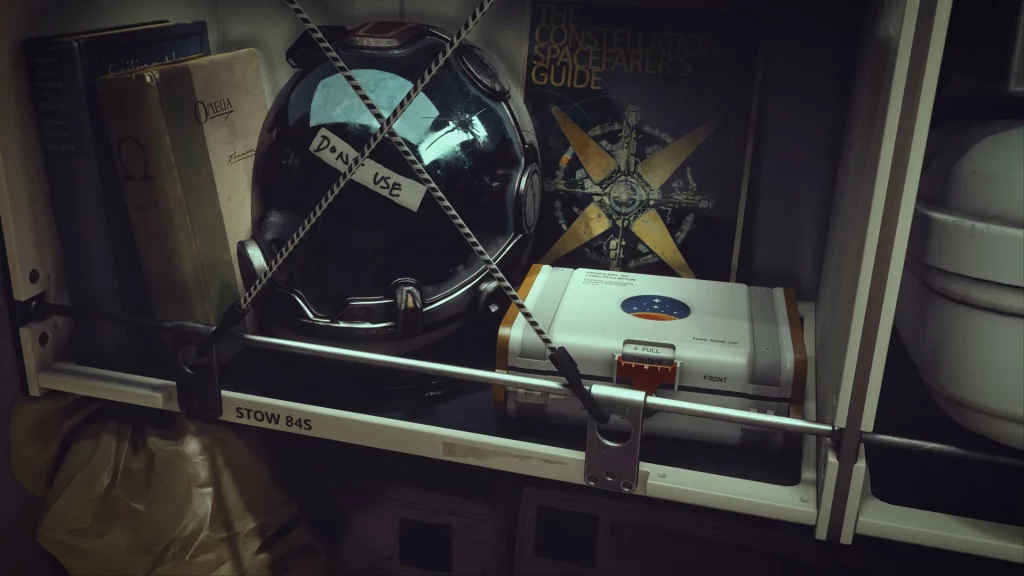
For the purpose of this game, the PtB (Powers that Be) procured a way more powerful AMD 7800 XT to get the complete experience. I’d installed the game on an SSD (the Starfield page says this is a requirement) and my rig was powered by an i5-12600K (okay, maybe not a top-of-the-line processor, but pretty solid) and 32GB of RAM. Essentially,within recommended requirements and well above the average when compared to what most people play on, as per Steam’s latest Hardware and Software survey.
Despite this, I still found the look and feel of Starfield a lot more dated than some of the newer games of the same calibre. Maybe it’s the flat, dull looks of the characters as they speak. Maybe it’s the fact that every base looks like a facsimile of the other 30 you’ve visited. Maybe it’s the fact that when one hovers over a fern, the game informs you that the plant is called a ‘succulent’ (Mirriam-Webster defines ‘succulent’ as ‘having fleshy tissues that conserve moisture’. Why is that the name of a fern? Don’t know, don’t care.) Maybe it’s the fact that my health bar, along with any useful information, is lost in a corner of an unnecessarily complex HUD and convulated game menu. Or that you need either a secondary controller (assuming like me, you like playing FPS games with a keyboard and mouse) or a third hand to participate in orbital aerial dogfights effectively. Or the inconsistency in the game’s RNG environments. Or even, and admittedly, I’m nitpicking at this point, it’s the fact that all objects weigh the same on planets with different gravity.

Maybe – just maybe – it’s all of the above and hundreds of other issues that the Starfield modder community has fixed in 0.3% of the time that Bethesda’s marketing material says it took to create the game; including, but not limited to, Starfield’s ridiculous inventory management system. To the mod community at large, thank you. And to quote Keanu Reeves, you’re breathtaking.
Saving Grace?
In the nine and a half hours of my life that I shall not be getting back, I cannot recall one NPC who stood out, one story point that seems intriguing, or one visual, aural or sensory stimulus that did anything for me, at all. I can say that the star maps look authentic (NASA ftw) and I garnered a whole new appreciation for Nexus Mods and all the hopeful, enthusiastic nerds out there who took it upon themselves to do Bethesda’s job for them. There is a cynic in me that thinks the developer took undue advantage of the community’s Aspergian compulsion to fix broken and incomplete things, all while cashing in on the promise of AAA value. However, there’s a genuinely impressed gamer in me who appreciates all the work put in; and a geek who’s deeply satisfied knowing that there’s a decent chance that the one-two combo of modders and digital pirates that may make this game worth returning to in a few years.
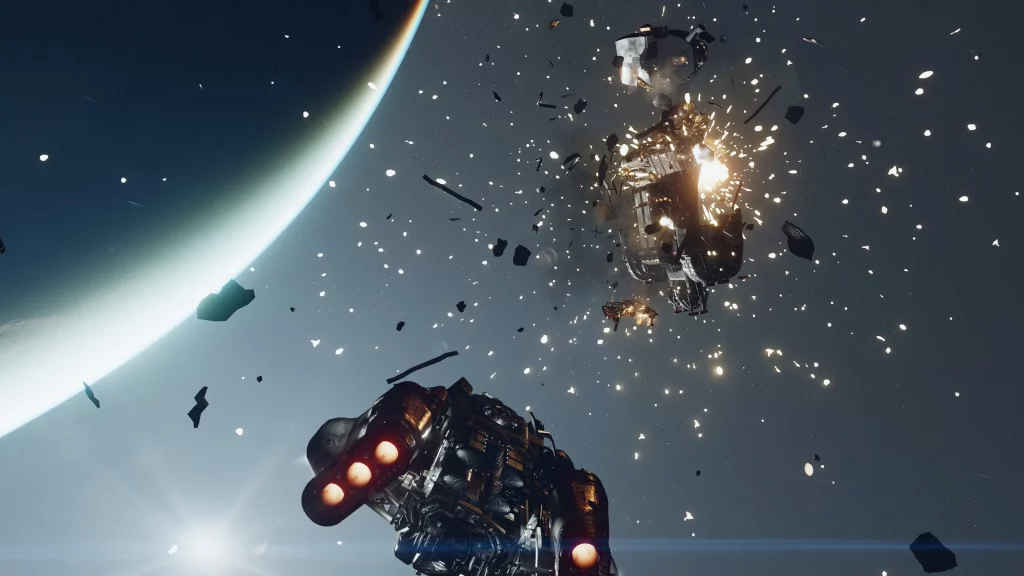
Right now, Starfield looks like a mix of No Man’s Sky, Skyrim, Fallout and Mass Effect – the nepo baby who expects to coast on the hard-won legacy of its parents.
Return to Skyrim
A few days later, just to verify my suspicions, I reinstalled The Elder Scrolls V: Skyrim. Not the Special Edition. Or the Legendary Edition. Plain, old, unmodded, untouched ESV Skyrim, before the massively active community added the bells and whistles over the past decade. I bought the game back in 2013, and after a few hours, realised the time sink that the game posed, and made the adult decision to back off and play it very slowly over the years. The last time I fired it up was a few years ago when Bethesda dropped the Anniversary upgrade and I had way too much time on my hands, à la COVID.
But I digress.
What I was getting at is, even after over 20 years, an hour of the first iteration of Skyrim felt simpler, yet richer and more fulfilling than the smorgasbord of drivel that Starfield throws at you over several hours of gameplay. Which begs the question: “Why?”
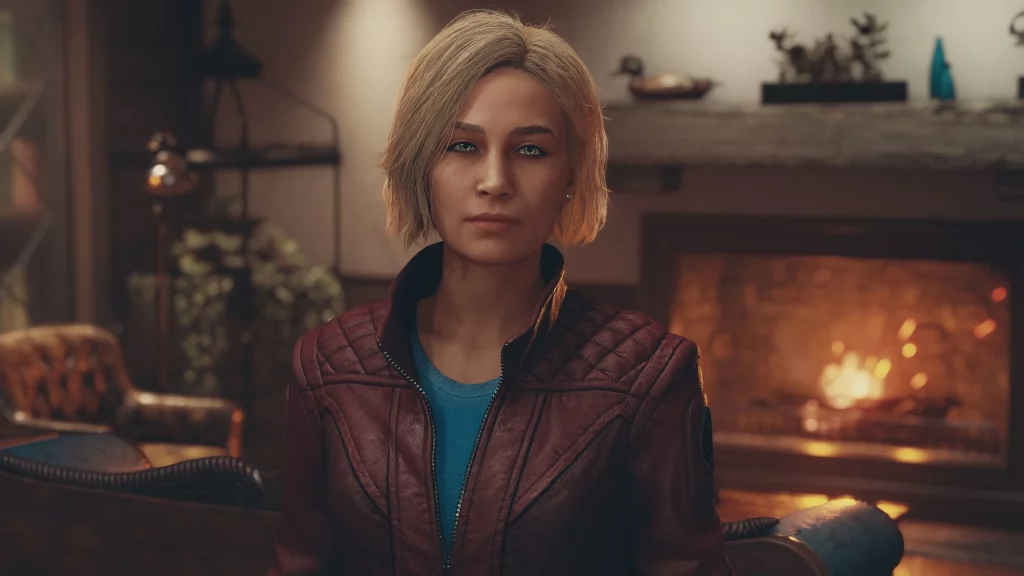
Why would you, Bethesda, firstly, release a game that looks like it’s been co-written by a bunch of unpaid middle-school interns over summer break? Why would you claim to have spent 25 years developing said game? Why would you do so in an era when something as basic as Dave the Diver and Vampire Survivors is making waves in the gaming community? Not to mention the phenomenon that is Baldur’s Gate 3 – Larian practically set the benchmark for game developers with an open beta period that can only be outstripped by Warframe and whose results make most AAA developers look like amateurs. Even indie development studios are making the message crystal clear: Take your time, do it right, and you will be appreciated. Else you’ll be a footnote lost in annals of gaming history.
Get with the programme.
“Ideas are cheap. It’s only what you do with them that counts.”
~Isaac Asimov
Starfield PC / XBOX SERIES X & S
Developer: Bethesda Game Studios
Publisher: Bethesda Softworks
